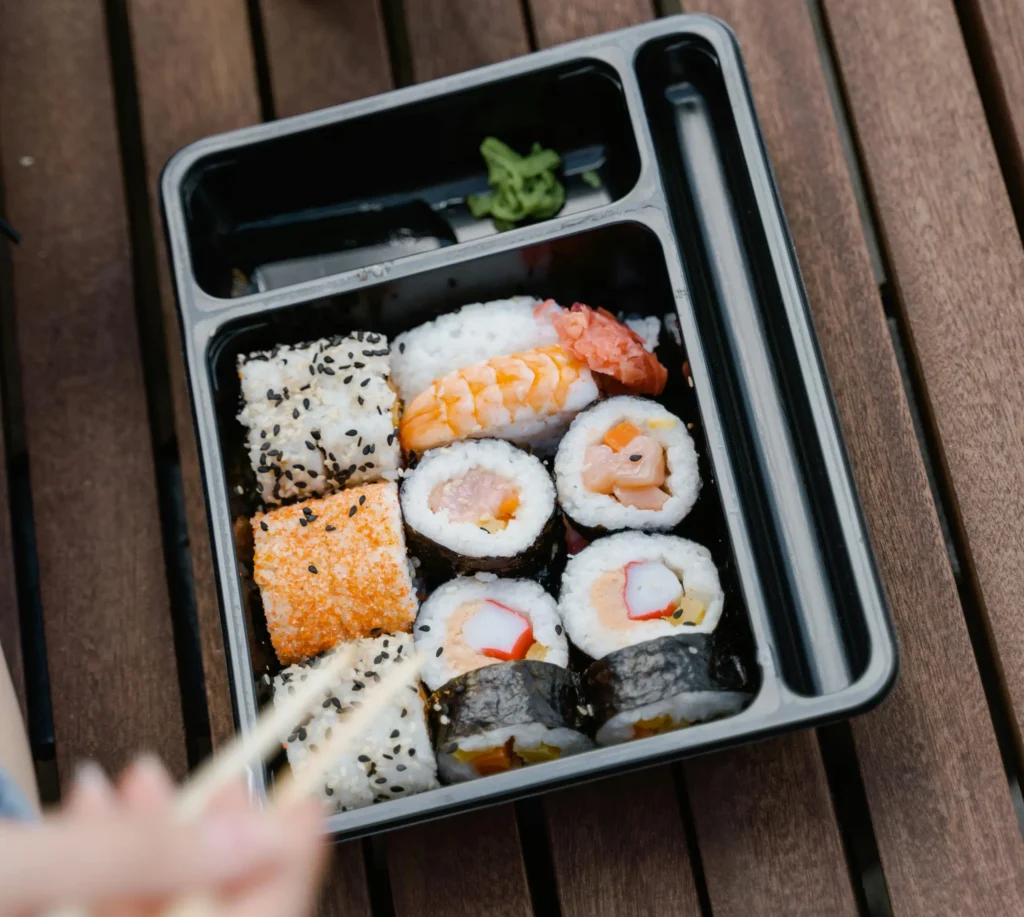
Ever noticed how shoppers in grocery stores often pause and study food packages like they’re solving a mystery? What they’re really doing is reading food labels. The FAO describes a food label as anything from a tag or image to printed words that appear on or are stuck to a food product.
These labels are more than just clutter; they’re like a quiet conversation between the manufacturer and the person buying the item. Labels quietly reveal a lot—what’s inside your food, how it was made, where it traveled from, and how to store or prep it. So let’s dig in and see what kind of info we can actually find on them.
Ingredients Used
Most things we grab off the shelf aren’t made from just one ingredient. That’s why companies have to list what went into making them. You’ll notice that the ingredients are arranged from the ones used the most to those used the least.
In case of allergies or certain foods you avoid, this section is important. Keep a lookout for common allergens like nuts, wheat, soy, or dairy. They’re often in bold or set apart to make them easier to spot. Learn more about allergen labeling.

Nutritional Value
Here you’ll find the numbers—protein, carbs, fats, vitamins, minerals, and calories. If you’re trying to watch what you eat, this section is your go-to. Maybe you’re avoiding too much sugar or trying to eat more fibre. Whatever your goal, this part helps guide you.
Just remember to check the serving size too. One pack might seem small but contain more than one portion. The FDA’s guide breaks it down clearly.
Food Packaging Material
Some parts of the label tell you how to store the product or how to dispose of the packaging. You might see instructions like “keep in a cool place” or “refrigerate after opening,” and maybe even recycling symbols.
This isn’t just about being eco-friendly, it’s also about making sure the food stays safe and good to eat for as long as possible. You can learn more about food-safe packaging and recycling symbols here.
Origin
Labels often give clues about where your food came from. You might see the country of origin, the manufacturer’s name, or even details about where the ingredients were sourced.
This kind of info builds trust, especially if you prefer local products or want to know how far your food has traveled. Some labels will also include terms like “organic” or “fair trade,” which can influence your buying decision.
Product Handling
Keep reading and you’ll usually find instructions on how to prepare or store the food properly.
- Does it need to be cooked first?
- Is it ready-to-eat?
- Can it be microwaved or does it need baking?
These little details make a big difference, not just in taste, but also in safety. Getting it wrong could ruin your meal or, worse, make you sick.
For safety, the World Health Organization’s Five Keys to Safer Food is a great resource for understanding proper food handling.
Production and Expiry Date
Dates on the label might be tiny, but they carry big importance. These two phrases often confuse people. “Best before” is more about quality—it’s still safe, but maybe not as tasty. “Use by” is stricter and relates to safety—past that date, don’t take the risk.
Always double-check the dates, especially for things like milk, meat, or anything that spoils quickly.
Final Thoughts
Food labels might seem small, but they carry a lot of weight. They help us shop smarter, eat safer, and avoid things we don’t want in our bodies. So the next time you’re standing in an aisle, don’t just toss something in your cart. Take a moment to scan the label. You might be surprised by what you learn.
And in the long run, that tiny habit could save your health, your wallet, and even the planet.
